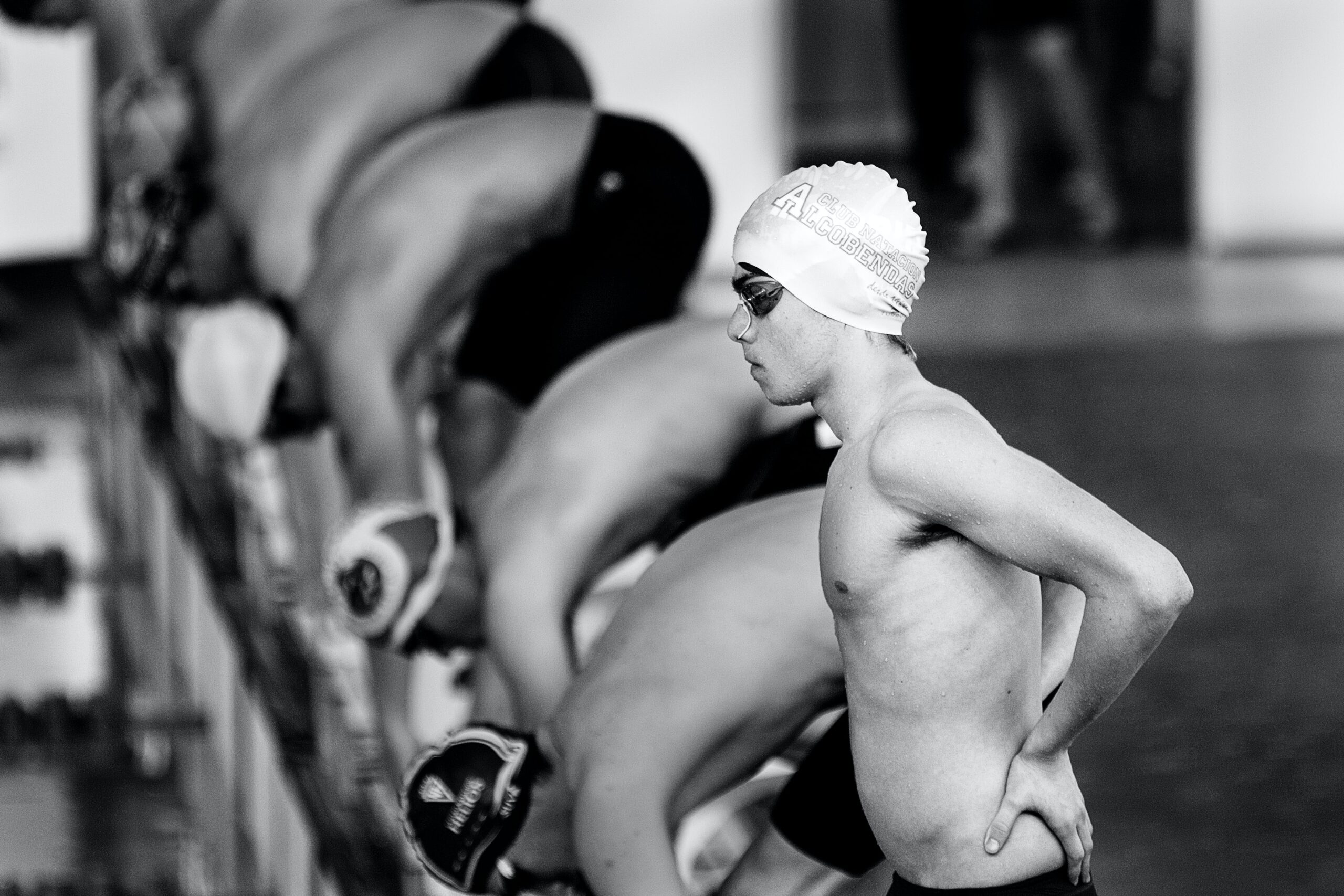
Acromioclavicular joint injury
The acromioclavicular (AC) joint is the point at which two bones, the collarbone (clavicle) and part of the shoulder blade (scapula), meet. An injury to this joint is characterised by shoulder separation and can be defined as one of six types. The severity of the injury also impacts the treatment approach.
- Type I. The AC ligament is slightly torn; however, there is no significant damage to the coracoclavicular ligaments. Treatment often centres around rest and recovery, with the joint being iced and protected, often with an arm swing. Following this, range-of-motion exercises are recommended as soon as they can be tolerated.
- Type II. The AC ligament is completely torn; however, there is little to no tear to the coracoclavicular ligaments. Initial treatment involves rest, ice, pain medication, and up to a week of shoulder immobilisation in a sling. Range-of-motion exercises are recommended alongside strengthening exercises.
- Type III. The AC and coracoclavicular ligaments are completely torn, resulting in the collarbone separating from the scapula. Although treatment for this injury can be conducted non-surgically, as with type I and II injuries, the duration of recovery is significantly longer, with a sling being required for up to a month.
- Type IV, V, VI. Treatment of these injuries almost exclusively involves surgical interventions, with specialists required to reduce the risk of long-term complications. In these cases, regenerative medicine may also be considered.
Rotator cuff tendonitis
Rotator cuff tendonitis is characterised by pain and swelling of the cuff tendons and the surrounding bursa (a soft fluid filled sack that cushions the joint). This injury, unlike an injury to the AC joint, does not occur all at once. Usually, rotator cuff tendonitis transpires over a substantial period of time following repeated irritation to the area. Although it can affect anyone, this injury most commonly presents in people with loose joints, abnormal bone anatomy in the shoulder, and those who do repetitive heavy lifting, such as weightlifters and powerlifters.
Treatment of rotator cuff tendonitis is predominantly non-surgical and involves plenty of ice, NSAIDS for pain management, including ibuprofen, and steroids. In the instance that surgery is required, the most common procedure is an acromioplasty. However, recent advances in regenerative medicine have permitted the accelerated and enhanced recovery of these injuries using mesenchymal stem cell therapy.
Beyond these individual conditions described, there are also activity-specific injuries, including thrower’s shoulder, swimmer’s shoulder, and rugby shoulder. At Opus, we ensure that your injury is fully assessed so that you receive the best possible treatment that is tailored to your needs. Get in touch to discuss your recovery with one of our world renowned specialists.
